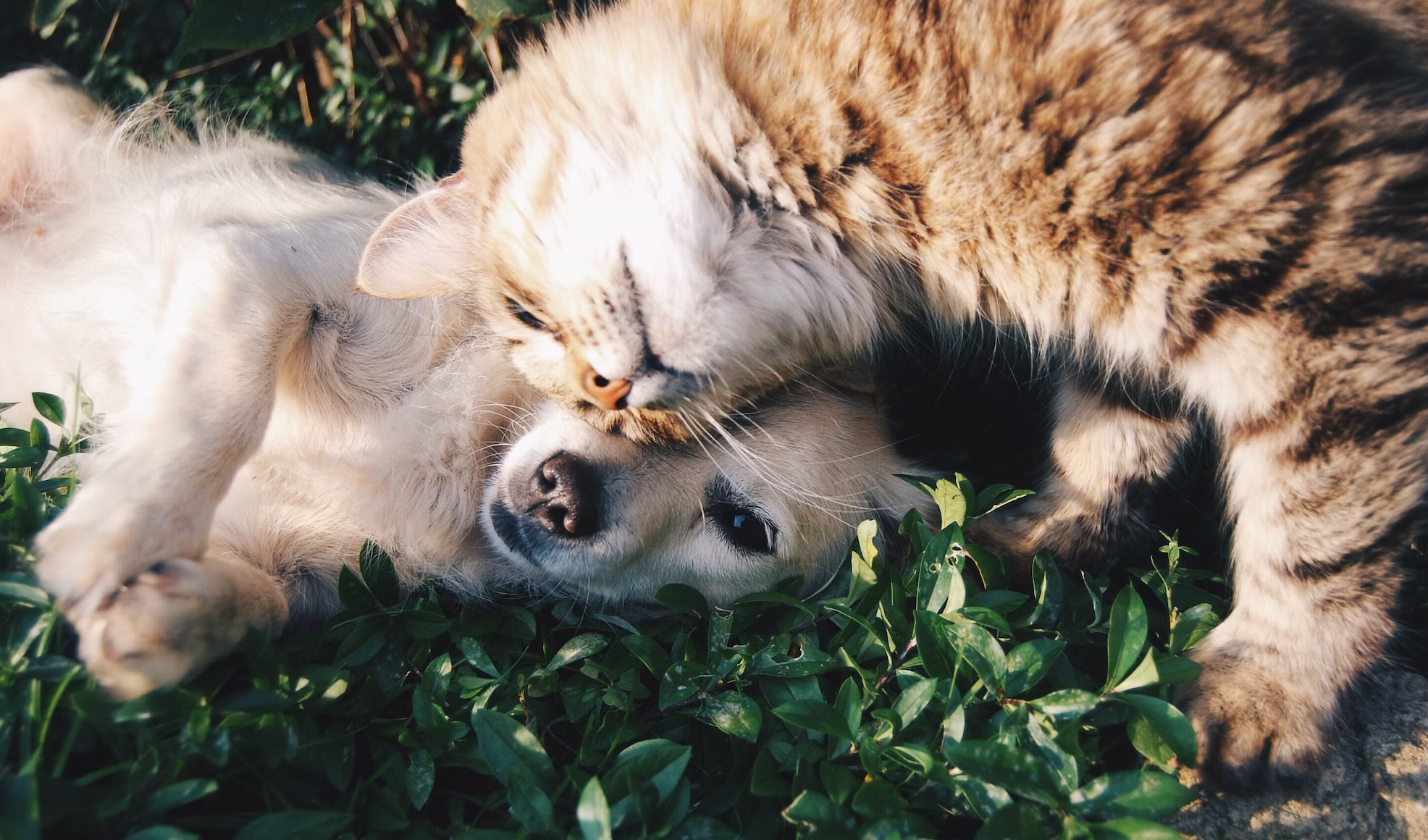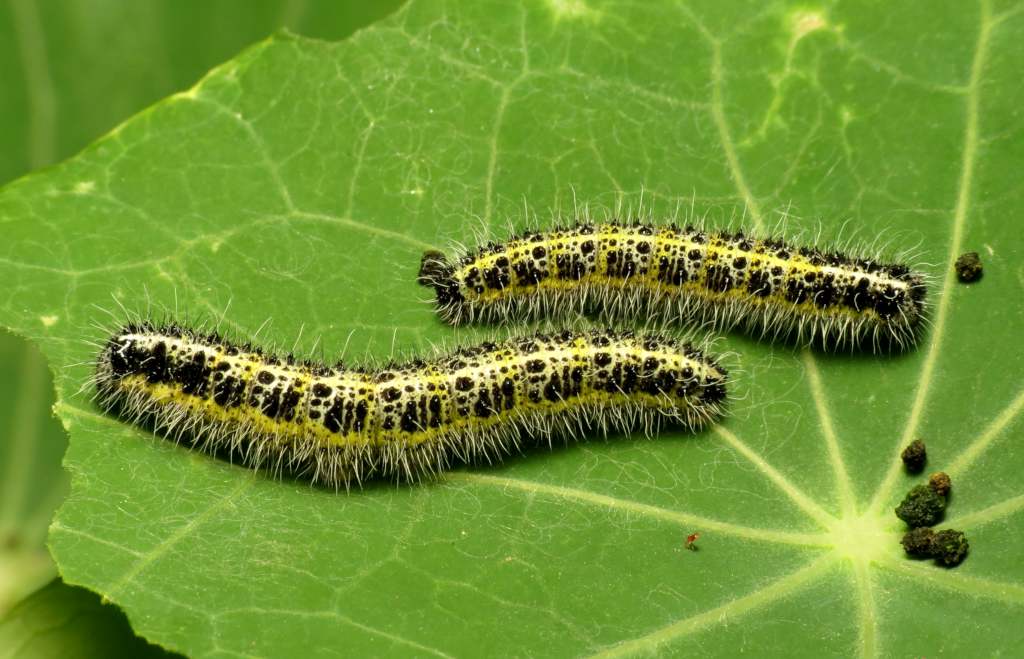Ant-Proofing Your Pet’s Food: Keeping Ants Away From Pet Bowls

Table of Contents
Ants, persistent and determined, can be a significant nuisance when they invade our homes, especially targeting pet food bowls.
Their presence not only disrupts the feeding routine of pets but can also lead to health issues.
Keeping ants away from pet bowls requires a strategic approach, understanding their behavior, and implementing effective preventive measures.
This guide focuses on practical and safe methods to ant-proof your pet’s feeding area, ensuring a clean and safe environment for your furry companions.
Understanding Ant Behavior And Effective Control Strategies
Ants are not just random invaders in our homes; they are highly organized and purpose-driven creatures.
This section delves into the intricacies of ant behavior, offering insights into why they are attracted to pet food and how they operate.
Understanding these behaviors is the first step in developing effective strategies to keep them away from pet bowls.
By grasping the underlying reasons for their persistent presence, we can tailor our approaches to be more effective and less intrusive.
This knowledge forms the foundation for practical solutions that protect our pets’ food while respecting the natural instincts of these tiny but mighty creatures.
The Importance Of Knowing About Ants
Understanding ant behavior is crucial in effectively keeping them away from pet bowls.
Ants are attracted to pet food for its nutritional value, and once they discover a consistent food source, they leave pheromone trails for others to follow.
This behavior can lead to a relentless ant invasion. Knowing the species of ants in your area can also be beneficial, as different species may require specific control methods.
Recognizing the signs of an ant infestation early can prevent them from becoming a larger problem, safeguarding your pet’s health and your peace of mind.
Maintaining Cleanliness And Proper Storage
A key strategy in preventing ants from accessing pet food is maintaining cleanliness around feeding areas.
Regularly washing pet bowls and the surrounding area helps remove food residue and scent trails that attract ants.
Storing pet food in airtight containers can prevent ants from detecting the food.
Implementing a feeding schedule where food is not left out for extended periods can also discourage ant visits.
These practices not only keep ants at bay but also promote a hygienic environment for your pets.
Using Safe And Effective Ant Repellents
When dealing with ants, it’s important to use safe and pet-friendly repellents.
Natural deterrents like diatomaceous earth, vinegar, or citrus peels can be effective in repelling ants without harming your pets.
Placing the pet bowl in a shallow dish of water creates a barrier that ants can’t cross.
Commercial ant repellents should be used cautiously and only in areas inaccessible to pets.
Regular monitoring and adapting your strategies as needed will help maintain an ant-free zone around your pet’s food.
Tackling Cockroach Infestations: Practical Solutions For A Pest-Free Home
Cockroaches are one of the most resilient and unwelcome pests in households.
Their adaptability and rapid breeding make them formidable invaders, often seeking food and shelter in our living spaces.
This section aims to provide effective, real-world strategies to combat cockroach infestations, emphasizing safe and practical approaches.
By understanding cockroach behavior and implementing targeted control methods, you can maintain a cockroach-free environment, ensuring the health and comfort of your home.
Identifying Signs Of Cockroach Presence
Early detection is key in controlling cockroach infestations.
Signs of their presence include droppings that resemble coffee grounds or black pepper, a musty odor, and egg cases (oothecae).
Spotting live or dead cockroaches, especially during the day, is a clear indicator of an infestation, as they are typically nocturnal.
Regular inspection of common hiding places like under sinks, behind refrigerators, and in dark, damp areas can help identify a problem before it escalates.
Effective Sanitation And Preventive Measures
Maintaining cleanliness is crucial in deterring cockroaches. They thrive in environments with easy access to food and water.
To prevent infestations, keep your kitchen clean, store food in sealed containers, and promptly fix any leaks.
Regularly dispose of garbage and declutter your home to eliminate potential hiding spots.
Good sanitation practices not only discourage cockroach infestations but also contribute to a healthier living space.
Choosing The Right Control Methods
When dealing with cockroaches, choosing appropriate control methods is essential.
Baits and traps are effective in reducing populations without spreading harmful chemicals. Insect growth regulators can prevent reproduction, addressing the problem at its source.
For severe infestations, professional pest control services may be necessary.
It’s important to use chemical treatments cautiously, especially in homes with pets or children, and always follow product instructions for safe and effective use.
Combating Indianmeal Moth Infestations: Effective Strategies For Pantry Protection
Indianmeal moths are a common household pest, particularly targeting stored food products.
These moths can infest a wide range of dry goods, including grains, nuts, and cereals, making them a nuisance in the kitchen.
This section is dedicated to providing practical and effective methods to prevent and eliminate Indianmeal moth infestations.
By understanding their lifecycle and habits, and applying targeted control measures, you can protect your pantry and maintain the quality of your stored food.
Recognizing Indianmeal Moth Infestations
Identifying an Indianmeal moth infestation early is crucial for effective control. These pests are typically found in pantries or where dry goods are stored.
Key signs include small, silvery-winged moths flying around the kitchen, larvae or webbing in food products, and pupae in crevices or corners of cabinets.
Regularly inspecting your pantry and stored food for these indicators can help catch an infestation in its early stages.
Preventative Measures For Pantry Safety
Preventing Indianmeal moth infestations begins with proper food storage.
Store dry goods in airtight containers to prevent moths from accessing and laying eggs in them.
Regularly clean pantry shelves to remove any spilled food that could attract moths.
Incorporating bay leaves or cedar chips in your pantry can act as natural deterrents.
Routinely checking and rotating your pantry items can help identify potential infestations early.
Effective Removal And Long-Term Control
If an infestation is detected, immediate action is required.
Dispose of all infested food products and thoroughly clean the pantry, focusing on cracks and crevices.
Vacuuming and wiping shelves with a vinegar solution can help remove larvae and eggs. Pheromone traps can be effective in monitoring and reducing adult moth populations.
For severe infestations, consider consulting a pest control professional for more comprehensive treatment options.
Key Takeaway
Managing pests like ants, cockroaches, and Indianmeal moths requires a combination of vigilance, cleanliness, and targeted control measures.
By understanding the specific behaviors and preferences of these pests, implementing preventive strategies, and taking prompt action at the first sign of infestation, you can maintain a healthy, pest-free environment in your home.
This not only ensures the well-being of your living space but also contributes to the overall comfort and hygiene of your household.

